muse at Museum Rietberg
Zurich, Switzerland
2022
During spring 2022, the Museum Rietberg in Zurich held the exhibition In the Name of the Image. Imagery between Cult and Prohibition in Islam and Christianity. It was the first exhibition to ever deal with this topic on a comparative and cross-cultural basis. Common belief states that Islam has a total ban on images and pictorial representation, whereas Christianity is all about the adoration of icons. The exhibition questioned this taken-for-granted thought by tracing back the strategies both Islam and Christianity applied to deal with figural representation, from the 6th to the 16th century, from the Kingdom of France to the Mughal Empire in India.
In the 21st century, images have taken an omnipresent place in our lives. In this cross-century context, the Museum sought to encourage visitors to reflect on their relationship to images. The muse team worked with Museum Rietberg curator Dr. Axel Langer to create a strategy for evaluating the extent to which visitors are sensitive to looking at images with a critical eye. Five short muse surveys were placed throughout the exhibition space on different topics related to images and 2’498 voices were heard in total. The muse surveys questioned what the public deem necessary in an image according to their personal needs, what images they consider as problematic, and what they seek to communicate through their own images. muse also enabled Museum Rietberg to gather demographic information about their public; a good way of relating some answers to visitors’ age and background.
As an introduction to the subject, the first muse survey sought to initiate a critical reflection on participants’ perception of images, the importance of their context for interpretation and the importance of images on their own daily life. The results showed that 70% of survey participants could not live without images and 72% believed that images are open for interpretation.
The next two muse surveys delved into participants’ uses of images they possess and take. Results showed that the majority possess images of artists. The surveys also sought to bring awareness on the fact that some images may be used for certain purposes unconsciously. When we are aware of the images we take, notably of ourselves (selfies), what do we try to convey? This indicated that a majority of participants take selfies to show others what they are doing or where they have been; only 10% take selfies to get validation or support.
The last two muse surveys helped with the understanding of visitors’ direct relationship to photos, notably portraits, and the potential censorship of certain images deemed inappropriate or shocking. In that regard, the muse surveys encouraged participants to reflect on whether or not there can be differences in the perception of problematic images between private and public spaces. Similarly, that there may be two types of image censorship: for oneself and for the others. As a response, 55% of participants agreed that the publication of images should follow a set of rules.

The five muse surveys supported the Museum Rietberg in initiating a critical viewing of images and helping the participants to articulate their perception of images, their own habits and relationship to images that they see daily or even possess.
Based on some of the muse survey results forementioned, we can conclude that images are an important aspect in the visitors’ lives, but an ethical perception of their uses seems to prevail, nonetheless. On one hand, visitors have shown that they take, use and possess images for recreational and personal reasons and could not live without them. On the other hand, they feel strongly about certain images needing to be banned all-together for the sake of virtue, honesty or morality.
We have a tendency to describe the 21st century as a century of images. Moreover, we could be tempted to believe that we only recently started questioning our behaviour and interaction with images. What if this critical thinking was simply a byproduct of humanity’s evolutionary relationship with images and icons? All in all, muse successfully helped Museum Rietberg to place the exhibition topic of cult and prohibition of images in the Middle Ages in a contemporary context of global and unlimited access to images.
